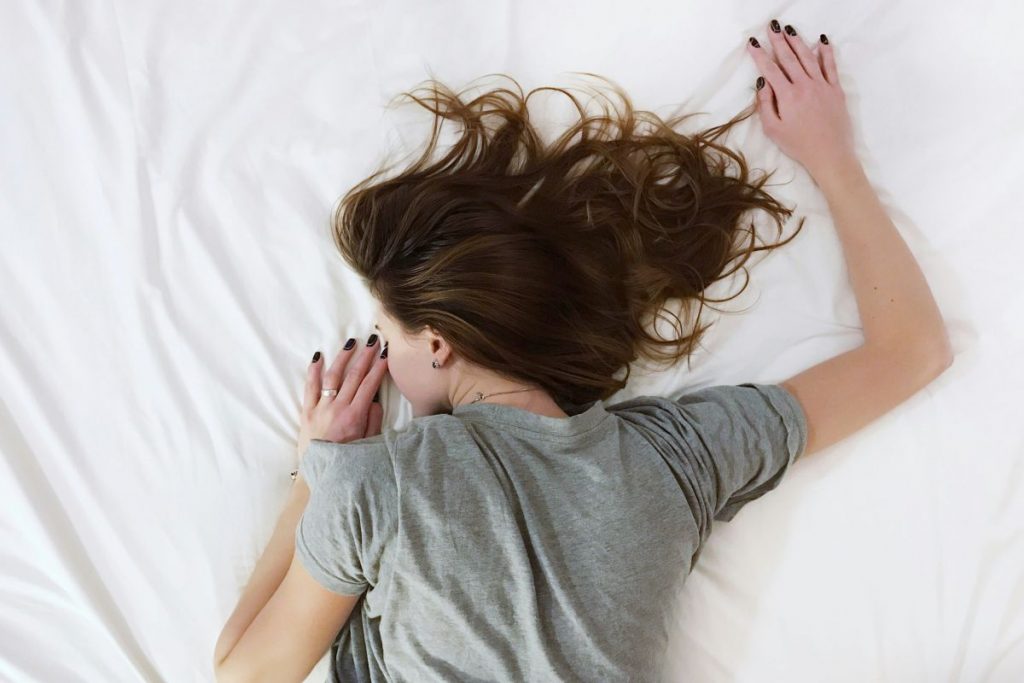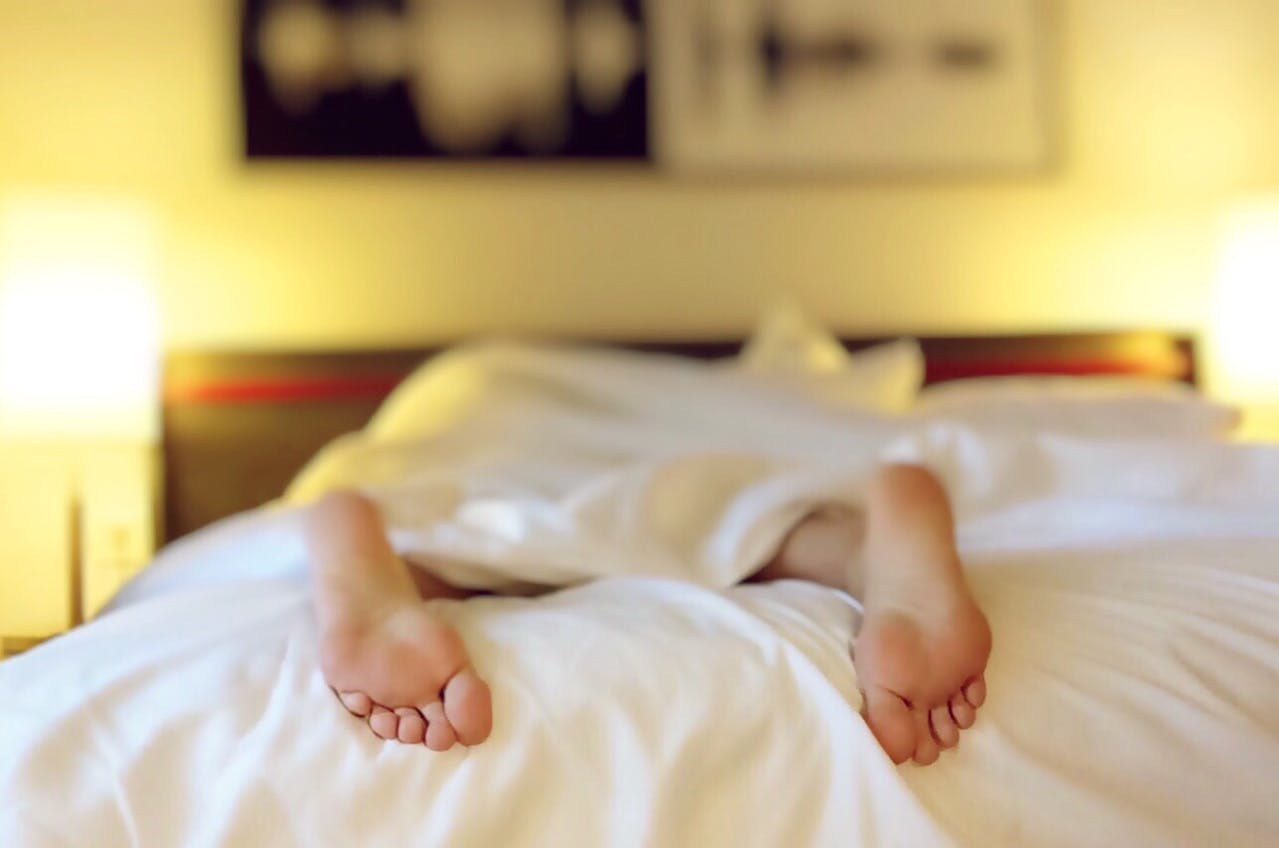Ever wondered why experts recommend sleeping in the dark? Your body undergoes a variety of changes during sleep, and bright lights are of no help.
According to a team of researchers from Flinders University in Australia, an increase in light exposure between 12:30 and 6:00 am is linked to a higher risk of developing type 2 diabetes. Why is this the case, you ask? The researchers believe that light affects our sleep patterns, which help maintain healthy insulin sensitivity and blood sugar levels.
Published in The Lancet Regional Health-Europe, the study found that type 2 diabetes was more likely in people exposed to light at night. Factors like lifestyle, sleep patterns, diet, and mental health were accounted for during the study.
It was also found that an increase in the intensity of light exposed corresponded with the increased risk of developing type 2 diabetes.
“Light exposure at night can disrupt our circadian rhythms, leading to changes in insulin secretion and glucose metabolism. These changes affect the body’s ability to regulate blood sugar levels, which can ultimately lead to the development of type 2 diabetes,” said senior researcher Andrew Phillips.
“No” to Blue Light, “Yes” to Natural Light
Blue light is no exception to these harmful findings. According to researchers from University College London, prolonged blue light exposure from LED lamps and smartphones may disrupt the body’s physiological functions and fluctuate blood sugar levels. But natural light seems to have the opposite effect, allowing blood sugar levels to normalize.
[Pro Tip: Sleep masks may be a big help! According to a study published by Sleep, using a sleep mask can improve alertness and memory.]
Close the Shutters
Artificial light sources from street lamps or traffic make sleeping even trickier, so it’s important to close the shutters before going to bed. This is especially important for residents of cities or busy neighborhoods.
It is no coincidence that the global population sleeps less today than we used to. In the last 50 years, the average duration of sleep amongst adults and adolescents has decreased by 1.5-2 hours per night, worsened by many of these light-related disturbances. Even a small amount of brightness is strong enough to shine through our eyelids and send a signal to the brain, disrupting our biological clock.
It is possible that other life-threatening conditions can be aggravated by the presence of artificial light while sleeping. According to the U.S. News & World Report, those with the highest levels of light exposure at night have a 43% increased risk of suffering a stroke.
“Continuous exposure to artificial light at night can suppress production of melatonin, a hormone that promotes sleep. People with poor sleep, compared to good sleepers, are more likely to experience worse cardiovascular health over time,” said researchers from the American Heart Association.




